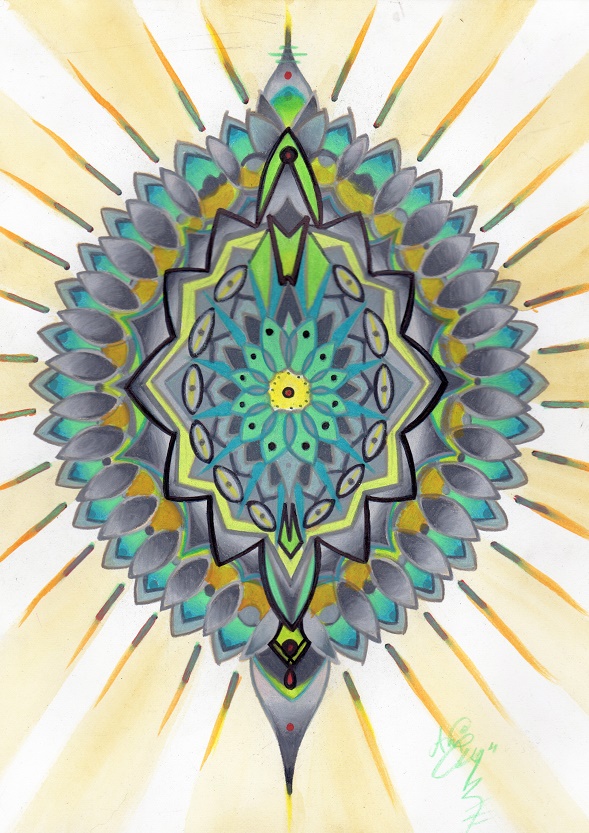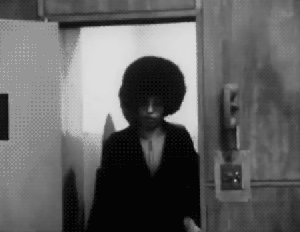
bride portrait
Originally published 12/5/2011
I was looking at the viewing statistics for the site here and noticed that one person among the couple hundred went through every post just about in the space of a day or two. OMG ARCHIVE BINGE! It made me extremely happy and I felt warm, and loved.
Whenever I find a site or an artist I like online I just read EVERYTHING from them, I will binge until I am reading their diary from ten years ago, if it’s posted. Like when I found crimelibrary the first time, or when I started looking at explodingdog. I just went nuts, spent all my internet time following the trail back to the start. I suddenly realized that you guys read my stuff and look at my site the same exact way I look at yours and that made me feel really good. So thank you, anonymous archive binge person, for making me both happy and more educated about what I am trying to do, and how people feel about it.
THEN- I have gotten a slew of emails from total strangers, asking questions, tattoo and art process stuff, and general sort of things. I LOVE talking to you guys. Man, if you’re reading my stuff someplace and suddenly have a question, and you email me that you like my things and want to know the answer, I get sweaty excited about it. It makes me feel good- I love sharing information, and while I am not the most educated or the most knowledgeable about everything the things I DO know I love to share. And sometimes even if I don’t know, I can send the question to someone who does. And that feels great too.
.
 And also- I spent the last few days interviewing a series of artists for a longer article I’m putting together. I’m working hard to write something useful about it. It’s taking me some time to assemble but I think it’ll be good. Talking to new people who get it, and who are working in smaller ways to affect the world- people who put their hands on the work and make things that have deeper meaning as well as visual aesthetics- that’s been really eye-opening and inspiring to me too.
And also- I spent the last few days interviewing a series of artists for a longer article I’m putting together. I’m working hard to write something useful about it. It’s taking me some time to assemble but I think it’ll be good. Talking to new people who get it, and who are working in smaller ways to affect the world- people who put their hands on the work and make things that have deeper meaning as well as visual aesthetics- that’s been really eye-opening and inspiring to me too.
Oh, and, last of all, I spent a day making paper. That was fun as all fuck, too.
I love talking to people about art. I don’t know how approachable I seem but really, I like talking to new people and I really feel great when I can help someone, give information, or just even see that people are interested in what I’m doing. So thanks guys for reading along.
If you have questions for me to answer, let me know in the comments. Or email me!
(you can find more of me by googling resonanteye, I am literally everywhere online. I talk to all the strangers!)




 There are a lot of great books on art out there, and I’m bound to miss a lot in my list. These are just books I have found incredibly helpful in my work, and which I refer to often.
There are a lot of great books on art out there, and I’m bound to miss a lot in my list. These are just books I have found incredibly helpful in my work, and which I refer to often.









 side note: they have the wrong website listed for me, and it’s been years since I worked in Corvallis. but don’t let that stop you!
side note: they have the wrong website listed for me, and it’s been years since I worked in Corvallis. but don’t let that stop you!








